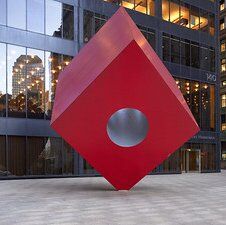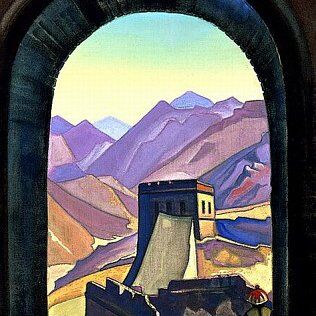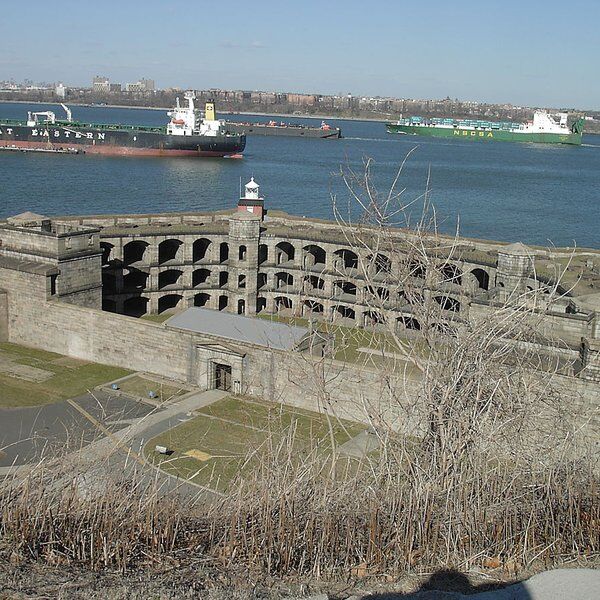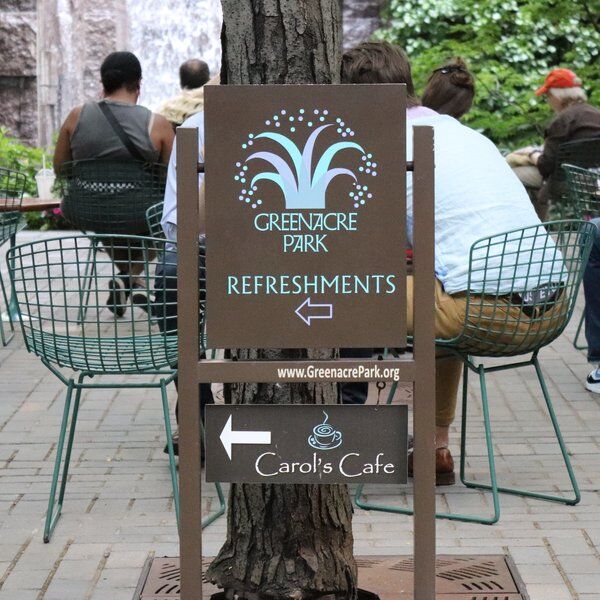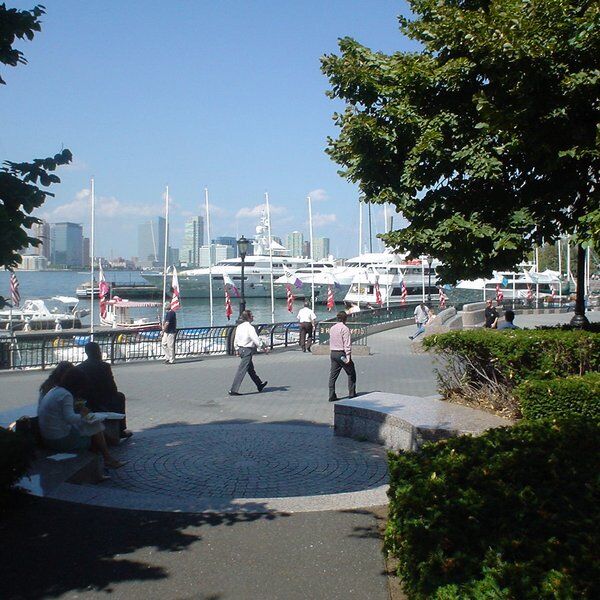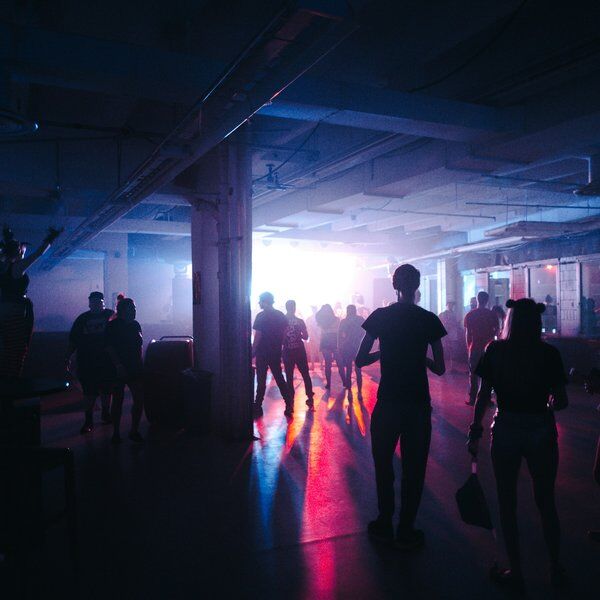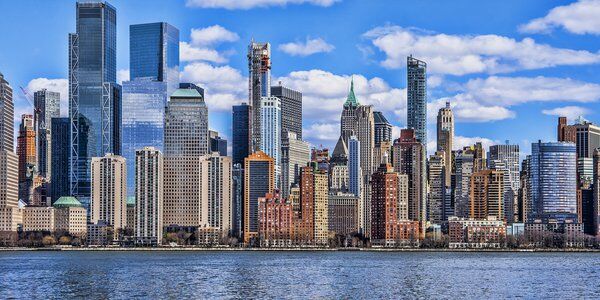
What’s so special about the New York Skyline?
The rise of the skyscraper and the development of downtowns cannot be interpreted without understanding the economic aspects of urban architecture. Cities are competitive commercial environments where buildings are businesses and space is a commodity. The principles that give them order are complex, but comprehensible, and in that, there is great beauty.
New York’s architectural history has been embroiled in a long and beautiful love affair with height, grandeur, and modernity – in other words, the skyscraper! The city’s landscape is a spectacle of developed space that for so long was rivalled only by Chicago. Both remain artistic expressions of what can be achieved by bringing the right minds and tools together, to test the bounds of gravity and human capability.
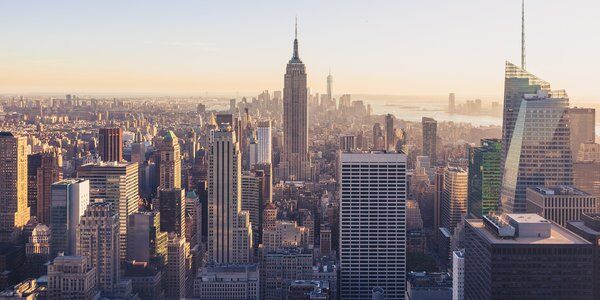
What is the Skyscraper Museum?
The Museum was founded by Carol Willis, a professor of architectural history at Columbia University and is essentially a place to exhibit her work. As its name suggests, the Skyscraper Museum is devoted to the study of tall buildings, and their various designs and purposes. Using exhibitions – some temporary, some permanent – programs, and publications; the Skyscraper Museum showcases the development of New York's skyline to the world.
From 1996 to 2004, the Skyscraper Museum was a nomadic institution. It held pop-up exhibitions in four temporarily donated spaces located across NYC before moving to a permanent location in Battery Park City. Today, when visiting the Museum, it's worth exploring the surrounding city, which has fantastic views over the Hudson, and an interesting backstory as a residential area built on landfill. You may also wish to visit the spectacular 9/11 Memorial, or dip down into Battery Park to discover an unusual marine-themed attraction.
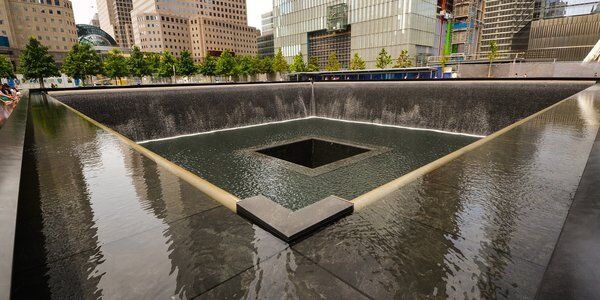
What happened to the Skyscraper Museum after 9/11?
Before it found its permanent residence in Battery Park City, one of its temporary locations was considerably close to the World Trade Center. Due to this close proximity the site was closed down and temporarily refashioned into an emergency information center.
It was not until March 2004 that the Skyscraper Museum reopened in Battery Park City and was the first museum to do so in Lower Manhattan, since the attacks in New York in 2001.
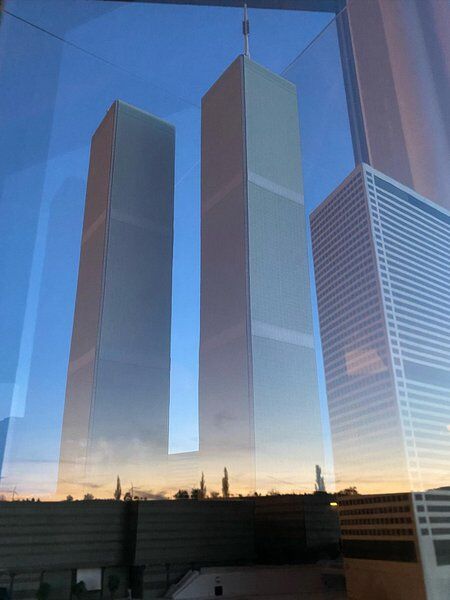
Designing the Skyscraper Museum
When designing one of New York City's most 'instagrammable' museums, the architect Roger Duffy sought to create the illusion of infinite vertical space. To achieve this, the height within needed to be amplified using polished stainless-steel on the floors and 10ft high ceilings. In this manner the Skyscraper Museum became an ode to the memory of New York's architectural history, by its very form.
What's inside the Skyscraper Museum?
Inside the Museum there are two main exhibition spaces; one focuses on the architectural evolution of New York City, and the other is dedicated to the Big Apple’s global rivals. Both galleries are bursting with enough fascinating tid-bits to feed the curious minds of both the architecturally driven and the average museum goer. But given the lively program of seminars, lectures, and book discussions it would appear that the Skyscraper Museum is more than a documentary of bold architects seeking to leave their mark on New York’s skyline. That it actually seeks to contribute its research to a global discussion of the topic.
Our thoughts...
As a storyteller of the New York skyline and world’s tallest buildings; the Skyscraper Museum is the place to go for the low down on these structures. The construction of which is a testament to the advancement of the human race.
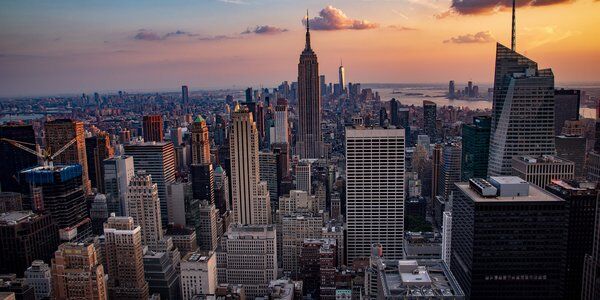
Interested in finding more places like this? Why not try one of our Scavenger Hunts in NYC - work as a team to overcome cryptic riddles and allow yourselves to be swept off the beaten track on a journey to discover all the quirky bars and unusual sites NYC has to offer.










